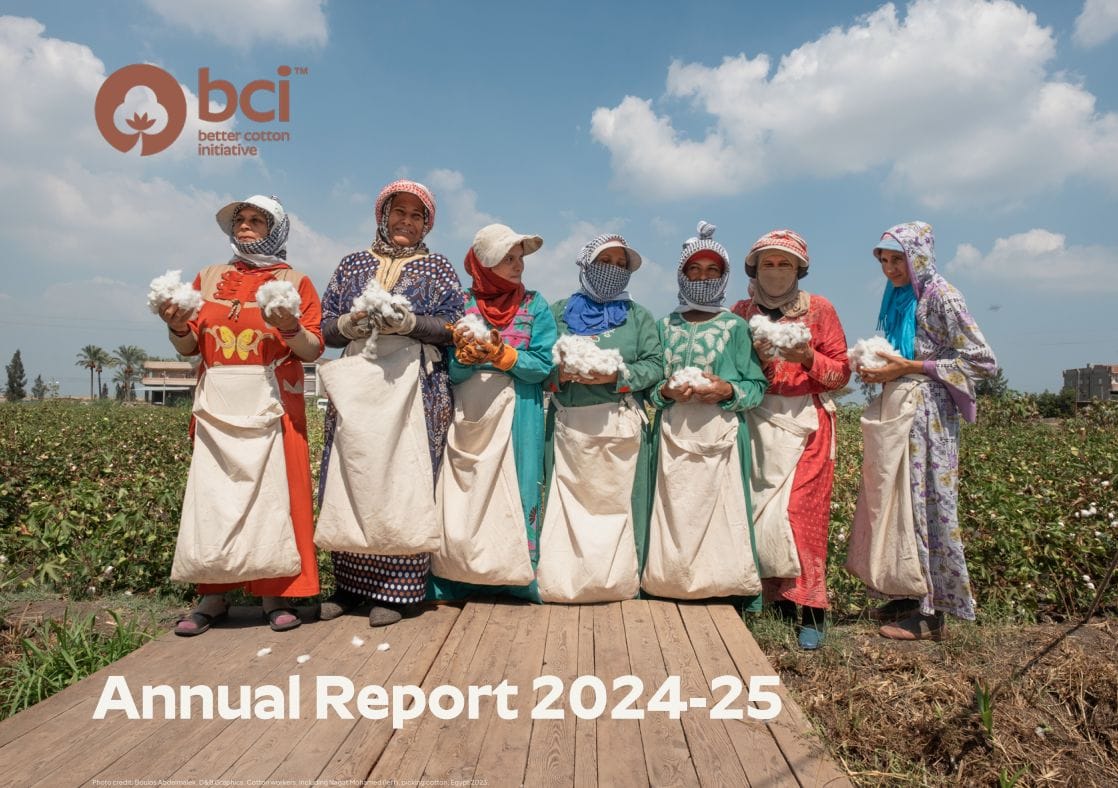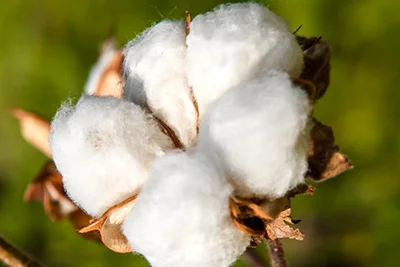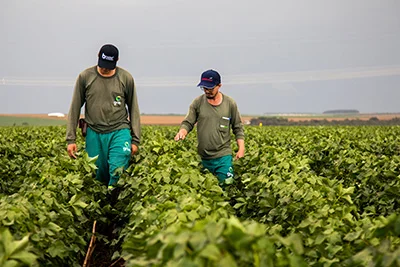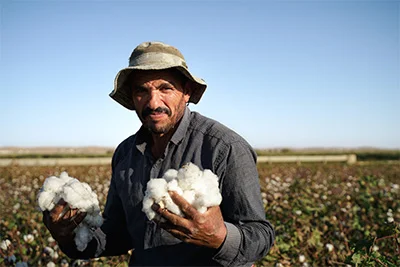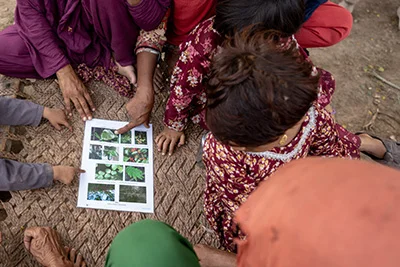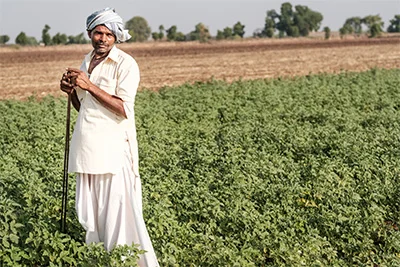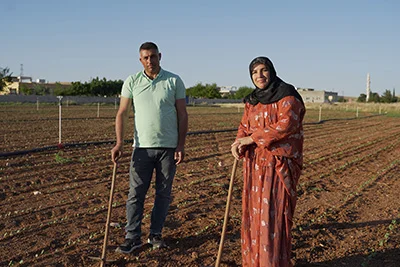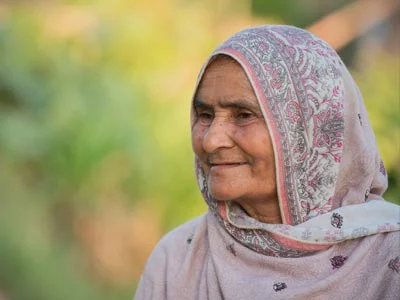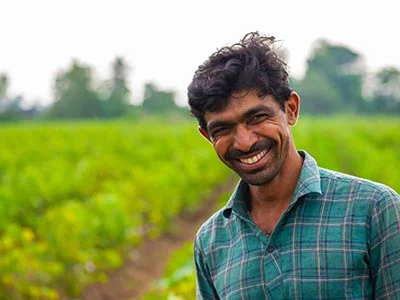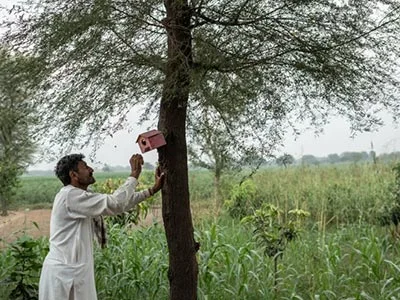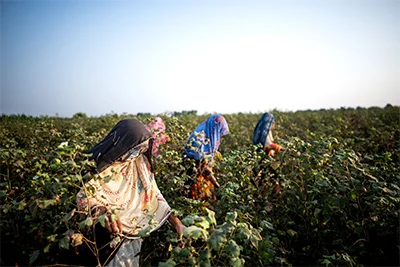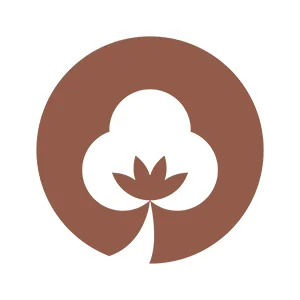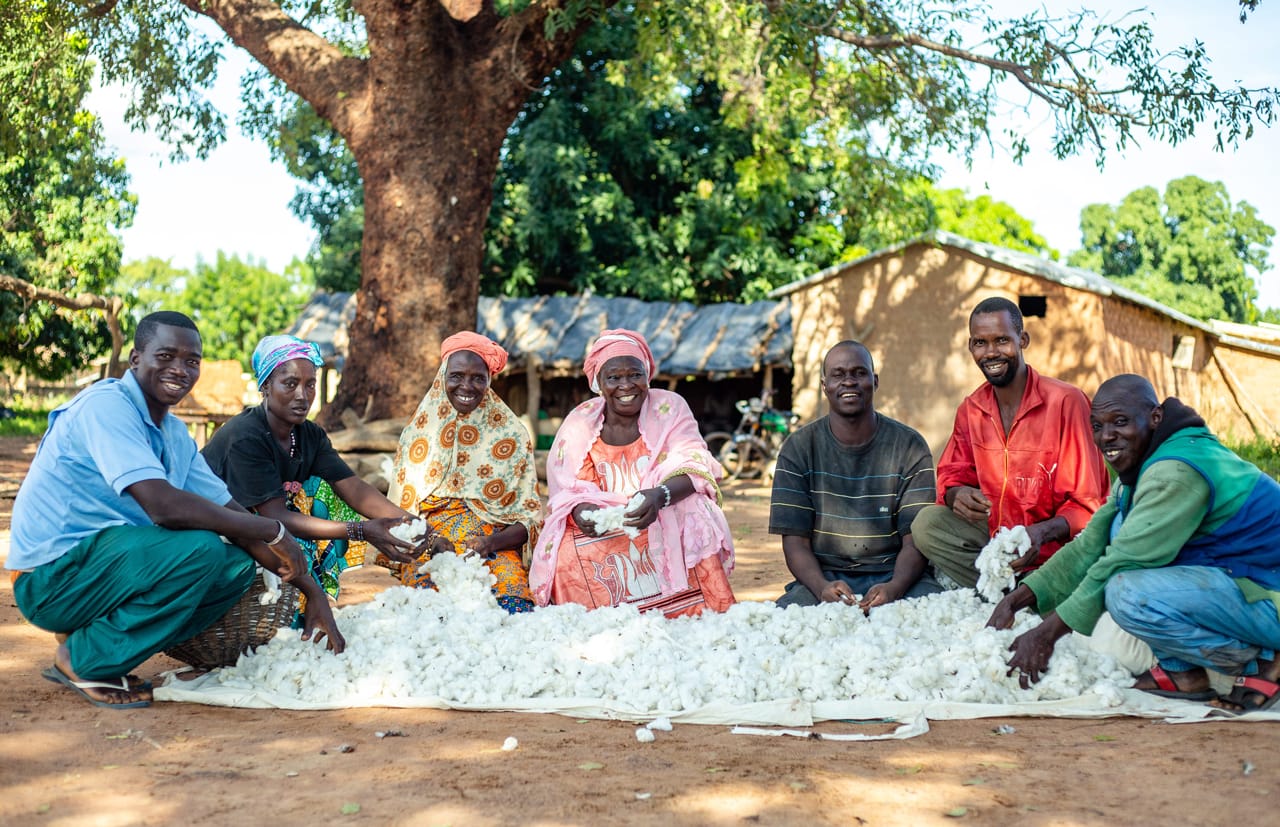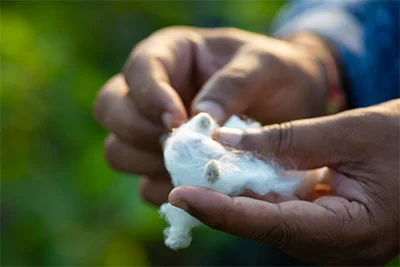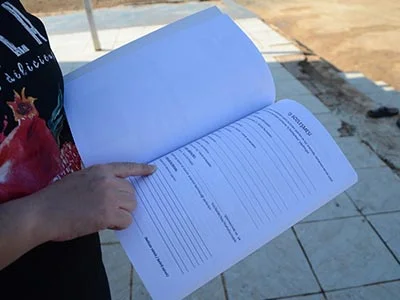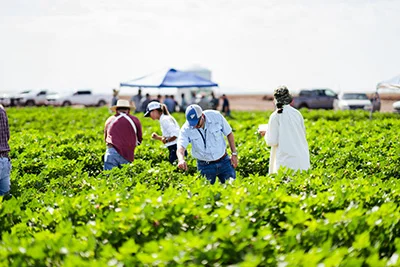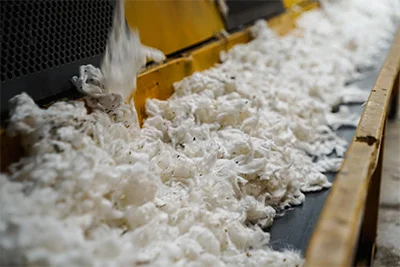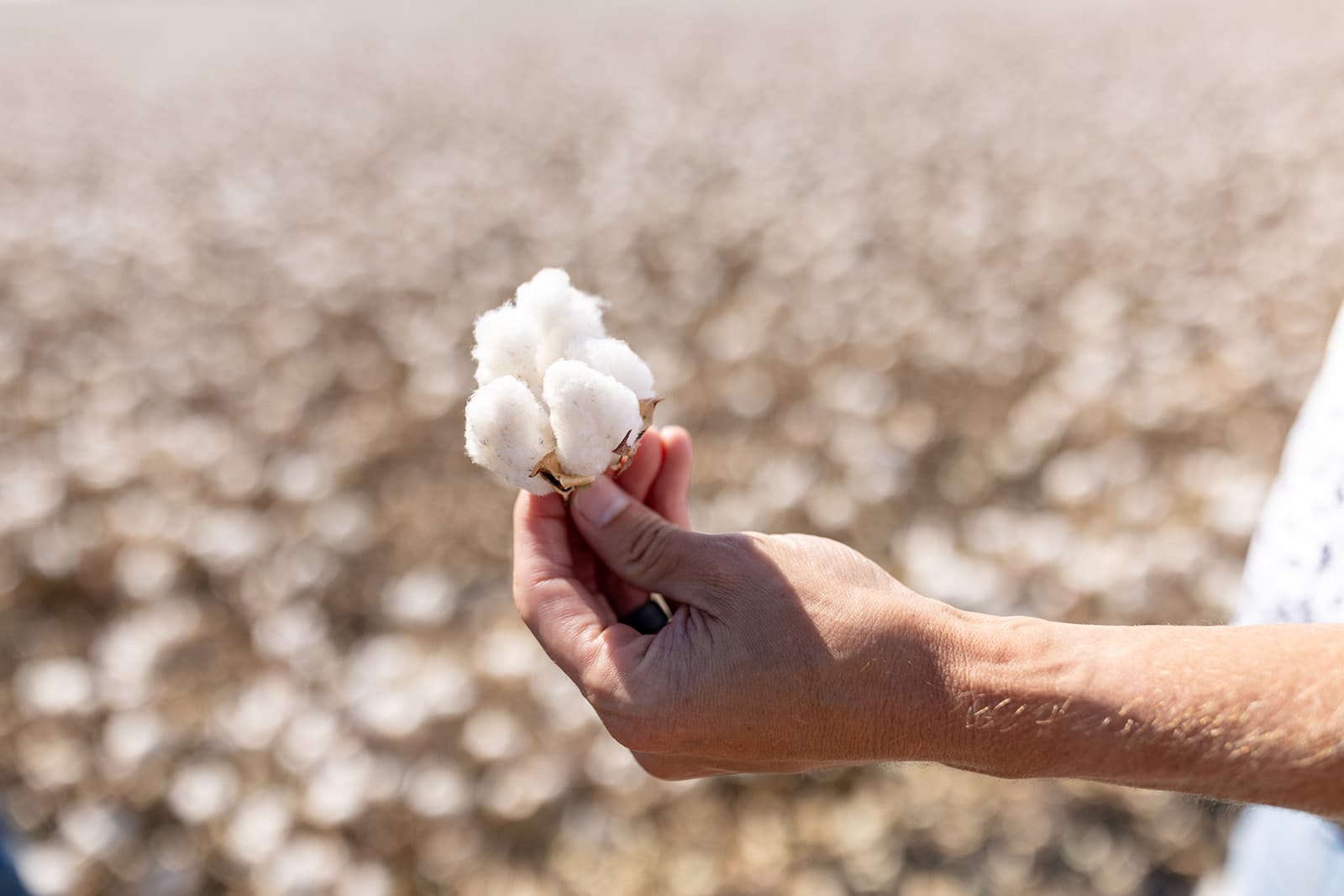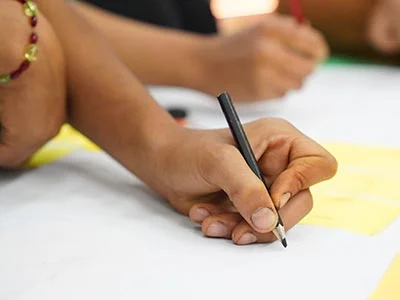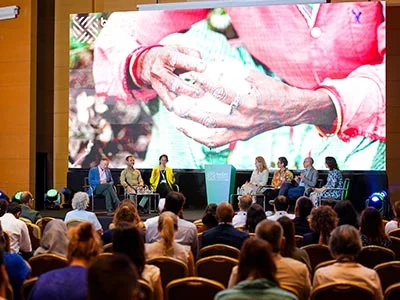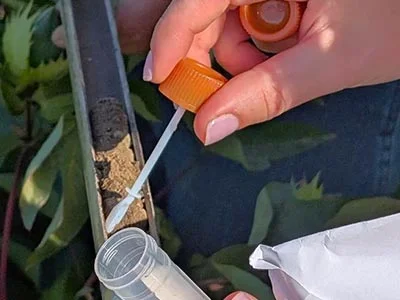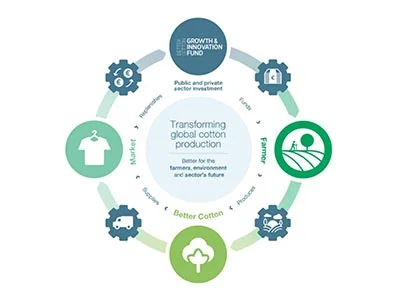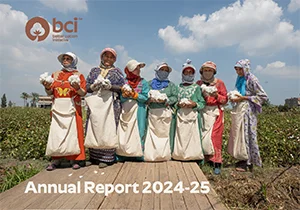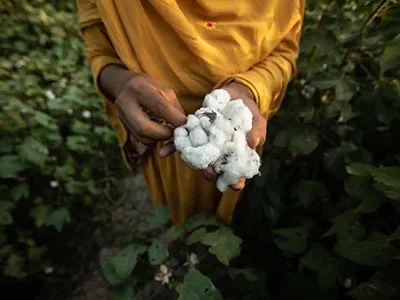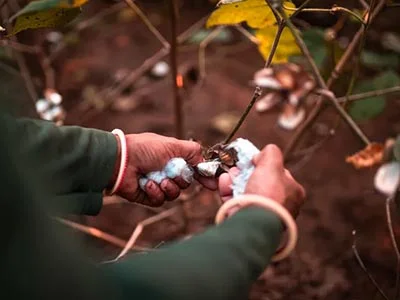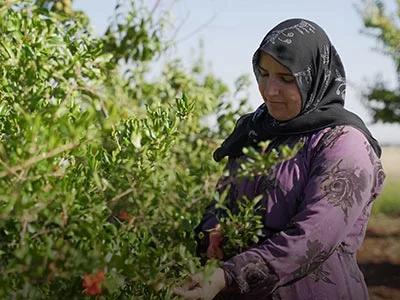Two years ago, the Better Cotton Initiative (BCI) launched its traceability solution with a clear vision: to strengthen transparency, accountability, and impact across the cotton sector. Since then, we have continued to develop the system in close collaboration with our members and partners, recognising the growing importance of traceability in an increasingly complex and regulated landscape.
Traceability has become more than a nice-to-have – it is a prerequisite for credible sourcing. For BCI, it is not just about meeting compliance requirements. It is also about building trust and supporting progress across the cotton sector.
As we mark this second anniversary, we take a moment to reflect on the progress we have made together and to thank our members, who have helped shape and scale our work.
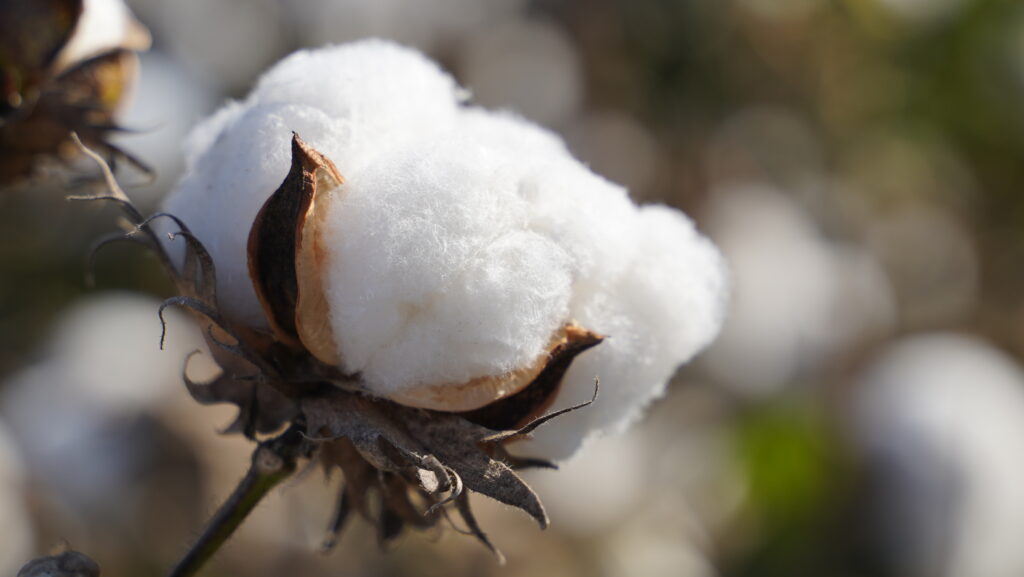

Scaling impact
Traceability at scale has long been a strategic priority at BCI – not as an end in itself but as a way to improve visibility and accountability across the cotton sector. This year, we reached a major milestone: over 3 million metric tonnes of lint are now available for uptake, meaning more than half of BCI Cotton entering global fashion and textile supply chains is traceable.
This reflects the sector’s response to increasingly complex supply chains and the need to ensure cotton can be sourced with confidence. Making traceability both accessible to the market and inclusive to all BCI farmers has been a guiding principle from the start. Achieving this has been a truly collaborative effort made possible through the contributions of our retailers, producers, suppliers and partners, who helped develop and continue to source Physical BCI Cotton.
Traceability in action
Since launching in 2023, our traceability system has continued to expand its global reach. Today:
- Over 2,500 supplier sites are enabled to trade Physical BCI cotton with more than 2,000 already certified under our Chain of Custody Standard
- 17 Retailer and Brand Members have already received products containing traceable BCI Cotton
- Over 60 retailers have signed up to start sourcing traceable BCI cotton
In just two years, over 23,000 metric tonnes of Physical BCI Cotton have been traced from cotton gins to BCI Retailer and Brand members – a significant increase from the 90 MT achieved a year ago. That is enough cotton to make more than 127 million t-shirts made 100% with BCI Cotton.
In just two years, over 23,000 metric tonnes of Physical BCI Cotton have been traced from cotton gins to BCI Retailer and Brand members – a significant increase from the 90 MT achieved a year ago. That is enough cotton to make more than 127 million t-shirts made 100% with BCI Cotton.
Together with certification and our new consumer-facing product label, these elements reinforce credibility, transparency, and integrity. The label is made possible by the robust traceability and certification – all anchored in the Better Cotton Platform, the central hub and single source of truth for all traceable BCI Cotton transactions.
Global reach
Today, almost all BCI producer countries are onboarded, including Brazil, which joined ahead of schedule despite originally targeted for 2027. In the past year, BCI Traceability has also expanded to Australia, further strengthening our global footprint.
Ultimately, it is about ensuring that no farmer is left behind. This global integration reinforces our commitment to field-level transformation across diverse geographies and reflects the inclusive design of the traceability system – one that ensures that cotton can be sourced with confidence and delivers clearer value back to farmers.
Looking ahead
As we mark two years of progress, we know there is still much more to do. The next phase of traceability will focus on linking sourcing decisions to measurable outcomes and ensuring that all actors in the supply chain can continue to benefit from greater transparency.
We are grateful for the collaboration that has brought us this far and we look forward to continuing this journey together. Our shared goal remains the same: to make traceability a driver of transformation, not only transparency, across the cotton sector. When cotton is traceable, everyone – from farmers to suppliers, brands and consumers – can see the impact woven into every fibre.

